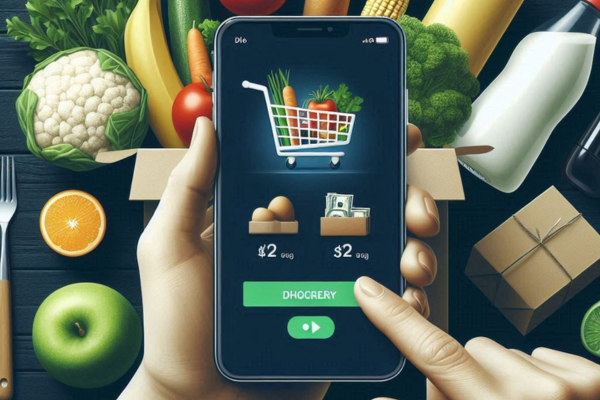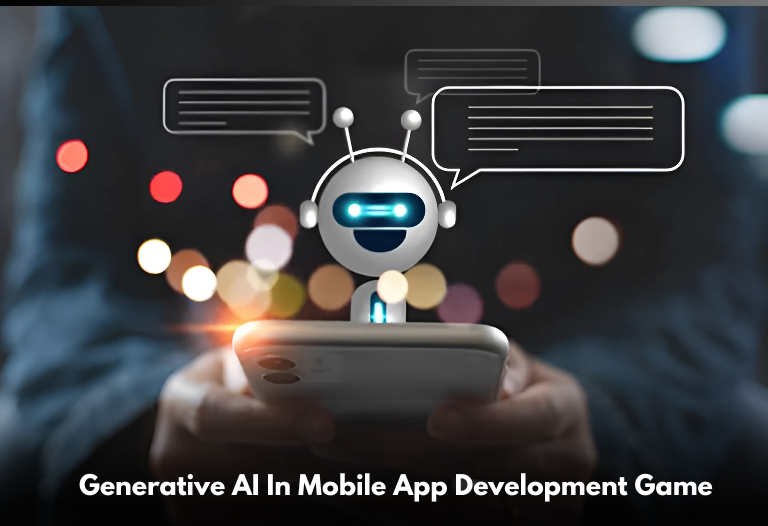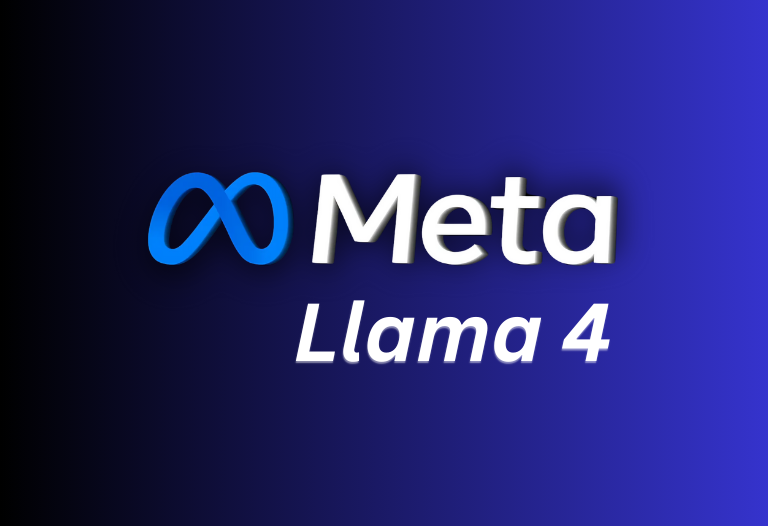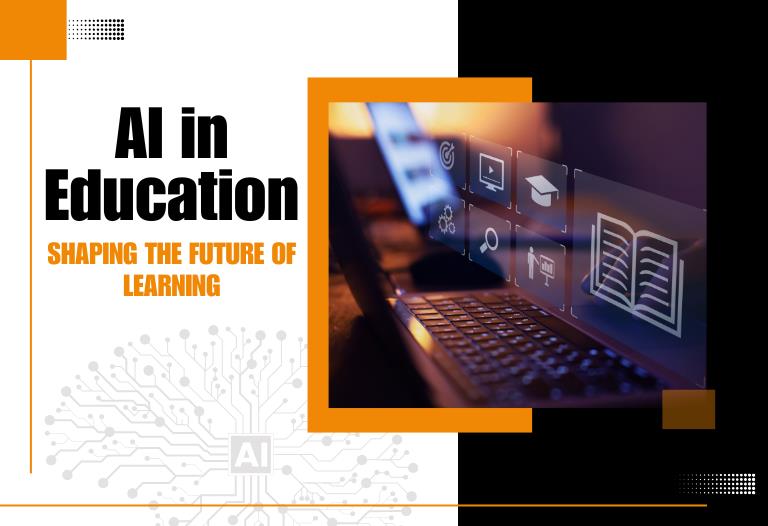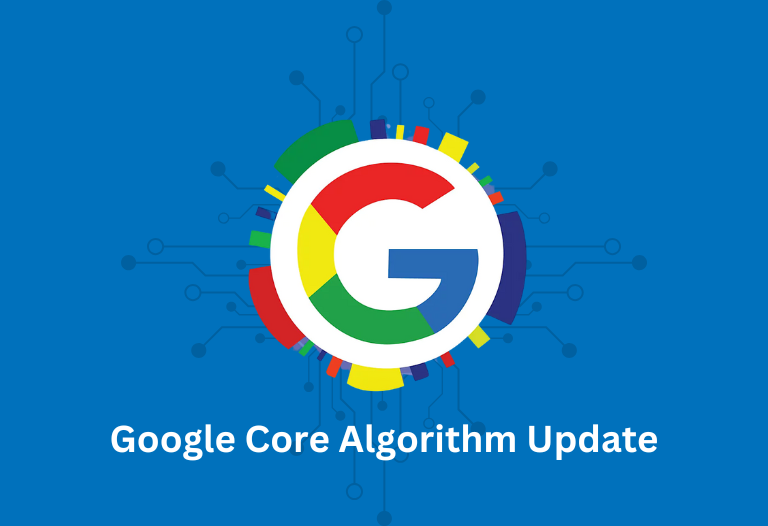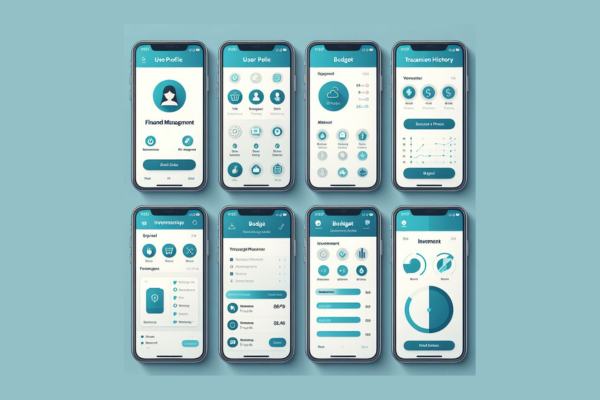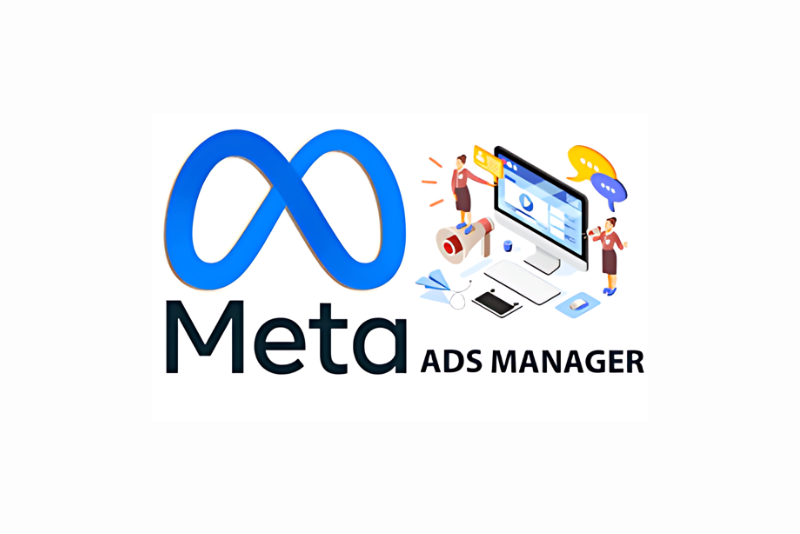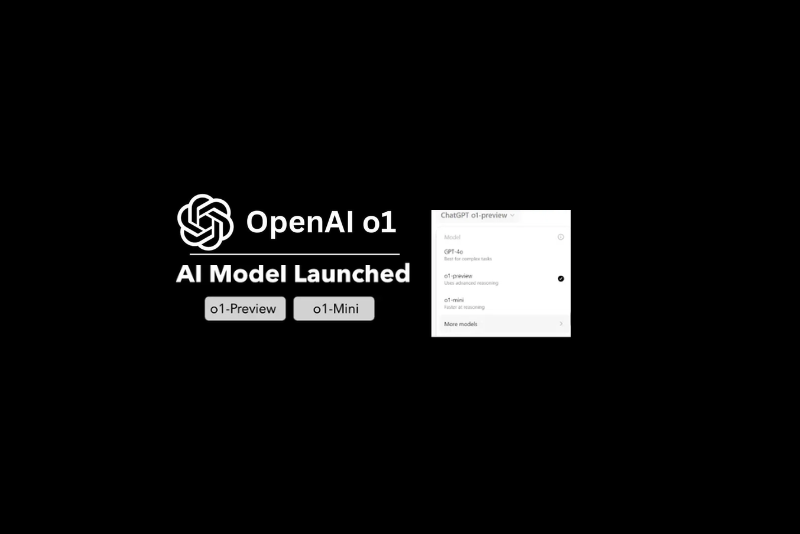Table of Contents
ToggleIntroduction to Grocery Delivery App Development
Tap into the rapidly growing market of online groceries with a feature-packed smartphone application like Instacart. In today’s society, where people have very tight schedules for their daily activities, the grocery delivery app development business is viable.
This guide will show the best practices for creating a grocery delivery app: the components of the design and the means of technologies, the structure of the life cycle, the stages and steps of the development, and the methods of marketing.
This guide will help you cover all your needs, including the resources needed to create a successful grocery delivery App for your business.
Understanding Grocery Delivery Apps
From this case, it is clear that online grocery delivery applications have shifted customers’ buying behavior of products through convenience store purchasing that relieves them of time. These apps allow you to order food and household items and deliver them to your doorstep.
The main components of the grocery delivery application are User Admission for users to sign up, Search & Explore Grocery Products, Shopping Cart & Order Completion, Payment Gateway, Order Status Feature, and Customer Care & Information.
There are two main business models for grocery delivery apps:
- Single-Store Model: In this setup, the app links to a specific grocery store or chain of stores. The store controls the inventory, and the app enables the customer to view and buy products from this store’s inventory.This model ensures standardization in the sense of availability and quality of the products, but it restricts the range of choices that customers have.
- Aggregator Model: This model narrows down the number of supermarkets and grocery stores the firm is in a position to engage in. Another is an intermediary, which enables customers to select the product they want, its prices, and the store that has the product in stock.These business models and core functionalities are beneficial to anyone who desires to create a successful grocery delivery app development.
Market Analysis for Grocery Delivery Apps
-
Exponential Growth and Increasing Customer Demand
The online grocery delivery service has rapidly grown due to its advantages of convenience and time savings. The outbreak of the COVID-19 pandemic also significantly increased consumers’ preference for online grocery shopping. As a result, we expect the market to keep growing, mainly because demand is increasing in cities and suburbs.
-
Intense Competition from Established Players and Newcomers
The market has been rapidly growing, and the existing players include Instacart, Amazon Fresh, and Shipt. Nevertheless, new entrants are coming into the market, bringing new features and services.
These competitive forces compel firms to develop better products, deliver superior services, and employ creative marketing strategies to gain market share.
-
Rise of Instant Delivery and Subscription Services
Instant delivery has become a modern-day trend mostly associated with companies delivering products within one hour to satisfy the needs of consumers who turn to the services of companies searching for quick and efficient delivery.
Also, models where the consumers have to pay a certain fee for a subscription to get the services, like Instacart Express and Amazon Prime, are becoming more common.
These services have some advantages, like free delivery and special offers for customers, which help retain customers and bring them back for more.
Thus, knowing these trends will help businesses plan, occupy the proper place in the grocery delivery market, and benefit from its development.
Popular grocery delivery apps for development
Instacart
- User Interface (UI) and User Experience (UX): Instacart offers a better, intuitive interface that allows users to search for products easily, add items to their cart, and checkout smoothly. The app’s design focuses on simplicity and ease of use, ensuring a seamless shopping experience.
- Feature Sets: Some of the core components include order tracking, product suggestions, several modes of payment, and chat support within the application. This is because Instacart also provides delivery services at convenient times for the clients.
Shipt
- User Interface (UI) and User Experience (UX): The design of Shipt’s app focuses on an easy-to-use and intuitive interface with clear tabs and a simple way of checking out. The design is bright and cheerful with a strong use of colors and high-quality images.
- Feature Sets: Shipt offers such services as membership perks, same-day delivery, scheduled delivery, and thorough product information. It also has a shopping feature that recommends products according to the user’s interest and history of purchases.
Uber Eats
- User Interface (UI) and User Experience (UX): The interface is clean and simple, with a design language that aligns with the rest of Uber’s services. It is an easy-to-use interface for menus, order creation, and delivery tracking implemented in the application’s UX design.
- Feature Sets: The Uber Eats application has many features, including eateries and joint choices, tracking orders and deliveries, notifications and alerts, and different ways of making payments. It also connects with the core Uber application, meaning that users who have both apps can easily use them.
Walmart Grocery
- User Interface (UI) and User Experience (UX): It is an easy-to-use application that has a simple interface and clear labels for categories. The app’s design is quite intuitive and will suit different types of users: the tech-savvy consumers going for shopping and the not-so-tech-savvy consumers who use apps.
- Feature Sets: The Walmart application offers services such as online grocery shopping, curbside pick-up, same-day delivery, and shopping lists. The app also has savings through digital coupons and rollbacks, for instance.
Must-have features for your grocery delivery app
When going for a grocery delivery app development that will compete with identical apps in the market, it is crucial to consider the following factors and include the following features. Here are the must-have features for your grocery delivery app:
Easy Registration and Login Options
- Simple Onboarding: Enable user registration and login using their email, contact number, or social media profiles. Optimize the process for quick sign-up and retries.
- User Profiles: This allows users to create accounts where they can input their delivery address, and payment information, and even view their order history.
Well-Organized Product Catalog with Search and Filter Functionalities
- Categorized Listings: Facilitate by separating products into convenient groups or subgroups, making it easier for users to search for particular items.
- Advanced Search: Provide accurate search options by brand, price, diet type, and others as a way of making shopping easier for users.
High-Quality Product Images and Informative Descriptions
- Visual Appeal: Ensure you provide your users with tangible details of the product they buy through well-sized images. Quality visuals can impact a buying decision.
- Detailed Information: Accompany the product offerings with detailed descriptions of the ingredients used, nutritional value, and precautions when using the products so that the users are informed.
Secure and Convenient In-App Payment Processing
- Multiple Payment Options: Users should have the options on which they want to pay, including credit/ debit cards, digital wallets, and net banking.
- Security: Make all the transactions secure using reliable payment gateways, including PCI standard compliance.
Real-Time Order Tracking and Delivery Status Updates
- Live Tracking: Users should be able to track their orders online from the time they place the order to the time they receive it.
- Notifications: Push notifications should be sent to customers to inform them of the progress of the orders, estimated delivery time, and the possibility of delay.
None of these features would make the grocery delivery app more enjoyable to use, trusted, and preferred for any user, but they will also ensure the app’s success in the long run.
Challenges in grocery delivery app development
Developing a grocery delivery app comes with unique challenges that require detailed planning and innovative solutions. Here are some key hurdles you might face:
-
Building a User-Friendly Interface for a Vast Product Catalog
The first thing one should understand when meeting the interface is that the online shop trades a vast number of products.
Customers should be able to navigate, make searches fluently, and filter operations without getting lost or confused. Dependable navigation, precise categorization, and adaptive design can greatly improve the overall usability of such websites.
-
Encouraging Users to Purchase Groceries Online Without Physical Inspection
A major issue is how to persuade customers to refrigerate groceries without actually tasting them before purchasing. It is, therefore, important to have high-quality images, including images that show specific details of the products and customers’ reviews.
Also, a guarantee of satisfaction and easy return policies go a long way in developing consumer confidence and, thus, the uptake of online shopping.
-
Implementing Strategies for Customer Retention and Loyalty Building
Please discuss how the grocery delivery app development can retain its clients based on the analysis of the identified external environment factors. This can be done through loyalty programs, websites recommending personalized offers, and special offers that are made that can attract these users. Push Notification also encourage the idea of belonging to the community, which the regular e-newsletters offer.
-
Ensuring Real-Time Order Tracking and Data Management
The tracking of orders is important to offer a good experience to the customers in real time. It is crucial to put in place efficient means of tracking that ensure users know the status of their orders and the time of delivery.
Large data processing systems will also be required to process a lot of user data and store inventory and transactions and it must be free from discrepancies and threats.
-
Catering to Multiple User Roles
This means that a grocery delivery app should have features that relate to different user roles, such as customer, administrator, and delivery staff. All of them need an individual interface and some peculiarities for the service to function correctly.
For instance, admins will require inventory management tools, while delivery personnel will require route optimization and real-time updates.
Solving these problems will make your grocery delivery application stand out and offer a much better experience. Thus, it is possible to create a solid and well-functioning platform based on the identified focus areas to satisfy all concerned parties’ needs and expectations.
Read more – The Ultimate Guide to Restaurant App Development
The Grocery delivery app development process
Creating a grocery delivery app like Instacart involves navigating a comprehensive development process. Here’s a step-by-step guide:
Business Development Phase
- Market Research: The first step will be to analyze the Grocery delivery market, unearthing the trends and the possibilities of the market.
- Competitor Analysis: As it would be appropriate, examine other grocery delivery apps like Instacart, Shipt, and Amazon Fresh. Use the analysis of their activities and services to discover what you can do that no one else can or cannot do so that the customer has no other choice but to come to you.
- Customer Insights: Two primary approaches can be used to carry out this type of research: surveys and focus groups.
- Feature Mapping: Choose the app’s definite parameters that customers would require, such as registration, a search bar, or order tracking.
- Concept Formulation: This also involves creating a concept for the app mentioned, including its goals and objectives, users, and key attributes.
Design Delivery Phase
- UI/UX Design: Start with making mood boards to define the general mood and visual design of the application.
- User Journey Mapping: Explain how the user is going to move from account creation to the actual placement of an order.
- Wireframes: Drawing blocks to represent the general concept of the application interface and its functionality.
- Prototypes: An idea is to come up with more seductive prototypes that would simulate what the end-user is likely to be going through, and which can garner feedback from audiences.
- Design System Creation: Set up and maintain the design across platforms and one unifying typographical and color palate, and other similar aspects like interfacial objects.
Technical Development Phase
- Choosing the Technology Stack: Choose the most suitable technologies for the front end (e.g., React Native, Flutter) and back end (e.g., Node. js, Django).
- Coding the App (MVP First): Launch a Minimum Lovable Product (MLP) with only the features that can stay intact while all others are optional.
- Gathering User Feedback: Release the initial version to a small group of users first. This will help identify any potential mistakes.
- Iterating on Features: This will involve adding and enriching features on the identified lists destined for clients and the market.
- Continuous Updates: Always share updates to enhance the operating system and relations between bugs and their fixes, enhanced performance, and the new features being released into the system.
Thus, following the mentioned steps, you will be able to create a reliable and effective grocery delivery application that will correspond to the customer’s expectations and will be competitive with similar applications.
The cost of building a grocery development app
It is generally challenging to provide exact estimates as it depends on the app functionality, the number of necessary features, the developers’ team size, and the choice of the App development. Here’s a breakdown:
1. App Complexity
- Simple Apps: Some of the functionalities include user registration and management, product listing, and payment gateway. T trainer cost varies from $20,000 to $40,000.
- Medium Complexity: Additional functions are real-time Order tracking, push Notifications, and Customer reviews. It targets patients in the middle and lower class and costs are between $40,000 and $80,000.
- Complex Apps: Extended functions presented by artificial intelligence functions, such as voice search and target-client selection for customized offers and materials. Costs can exceed $100,000.
2. Features and Functionalities
- More features increase development time and costs. Essential features include user profiles, shopping carts, order tracking, and secure payment gateways.
3. Development Team Size and Location
- It takes a smaller team for development to be slow. However, it is cheaper than having many people on the team. Outsourcing the services to companies in cheaper states, particularly within Eastern Europe or India, can also decrease costs.
4. Development Approach
- In-House Development: This allows better control over loan products by creating a unique model tailored to each market the financial institution serves.
- Freelance Developers: These are rather cheaper, though they may require a higher level of consistency and reliability.
- They are outsourcing to Agencies: Boasts of professional teams that are also affordable, thus giving clients value for their money.
Thus, you can estimate the needed budget while going for a grocery delivery app development for your business.
How Primotech can help you in grocery delivery app development
Are you looking to create a top-tier grocery delivery app? So what are you waiting for? Change your provider to Primotech now! Our experienced staff is here to provide the best timely, efficient, professional, and quality service to create customized solutions to your requirements. Industry to consumers:
With Primotech, you can develop a trend-setting mobile grocery delivery delivery application. From seamless user experience to robust backend development, we’ve got you covered.
Engage our skills and experience and turn your idea into an application that can change the face of grocery shopping. Choose Primotech for the best quality and professionalism in the app development service. Contact us today, and you will be on your way to making great things happen!
Conclusion
Meanwhile, grocery delivery app development like Instacart involves careful planning, market research, and a solid technology stack. Some features include smooth payment integration, order tracking, and easy-to-navigate app design to ensure that you produce an app that will fit the customer’s needs and is unique in the market.
The possibility of achieving success is nearly limitless due to the increasing interest of people in the idea of convenient shopping. If you are an aspiring developer or a company that seeks to venture into the development market, this is your chance to start by seizing this market.
Partner with experienced developers like Primotech, stay updated with industry trends and focus on delivering an exceptional user experience. Don’t wait and seize your chances to make your dream come true!


